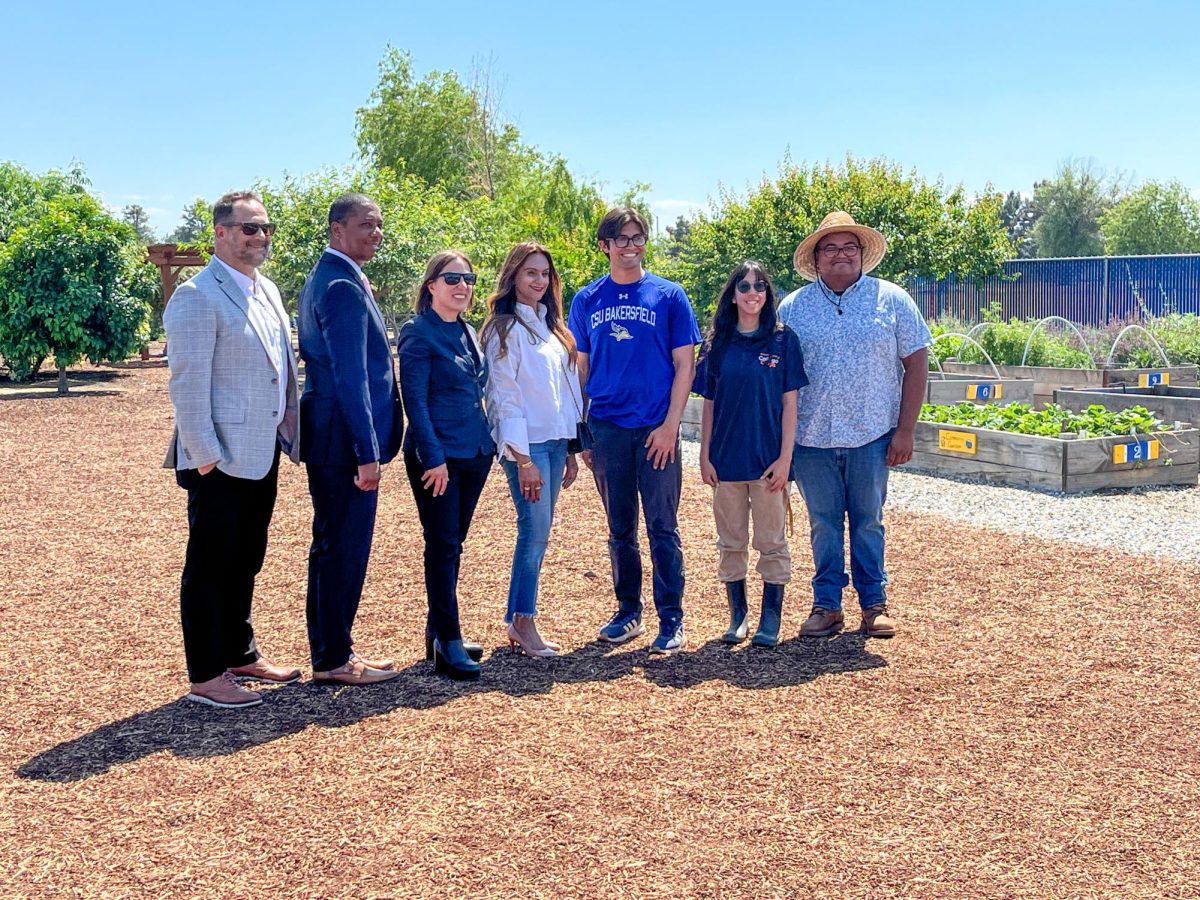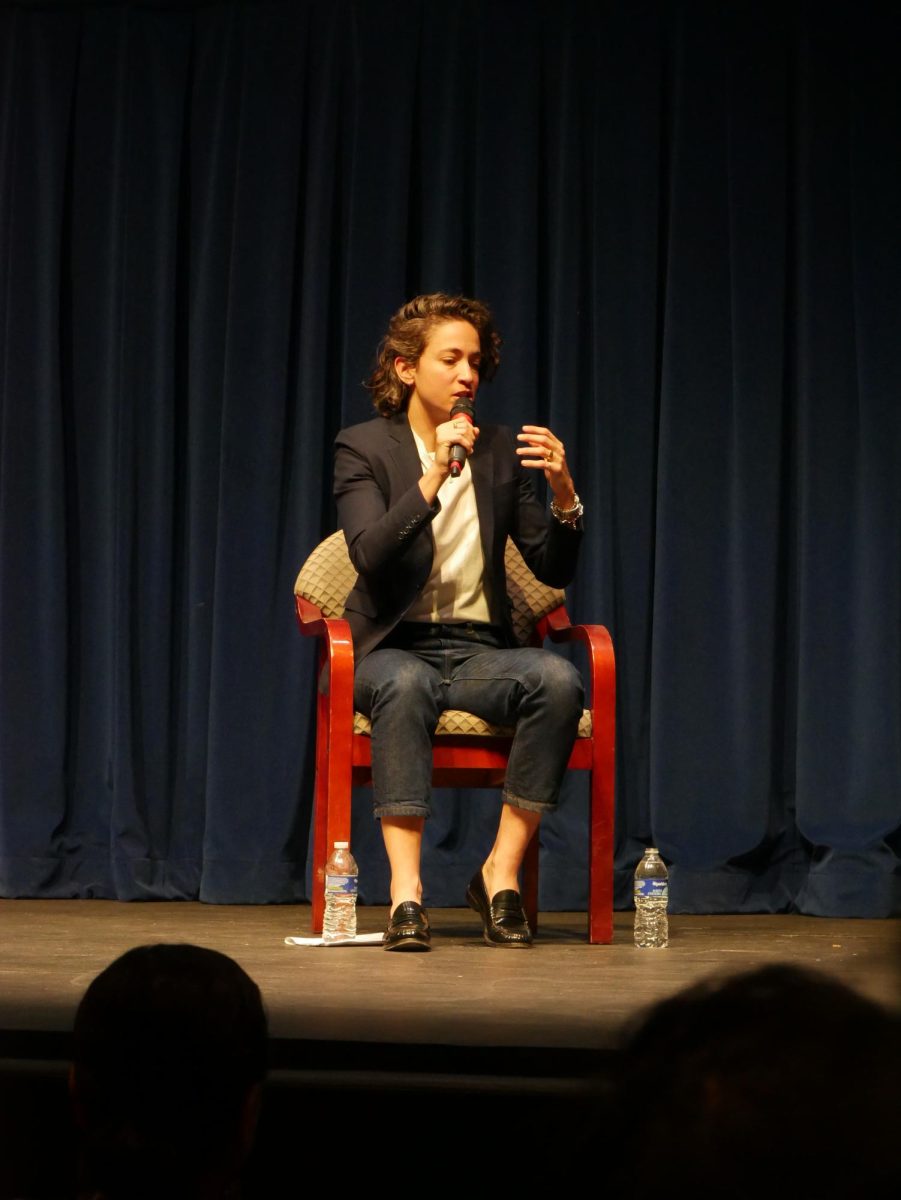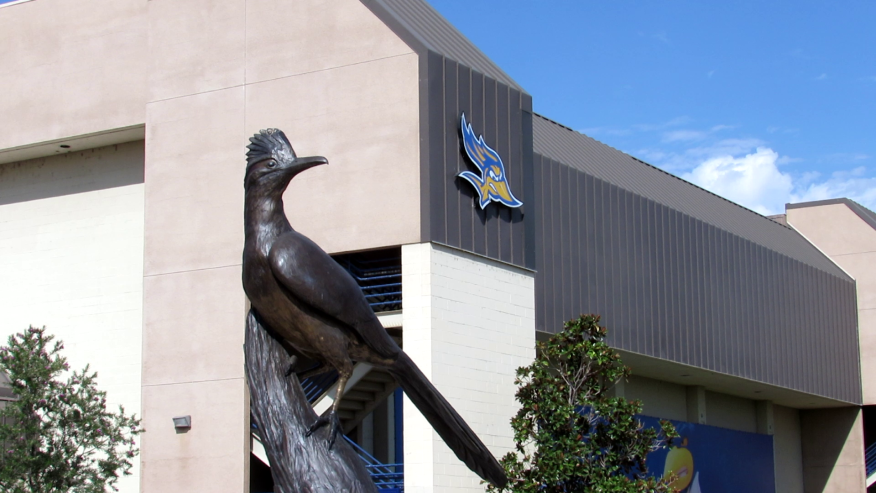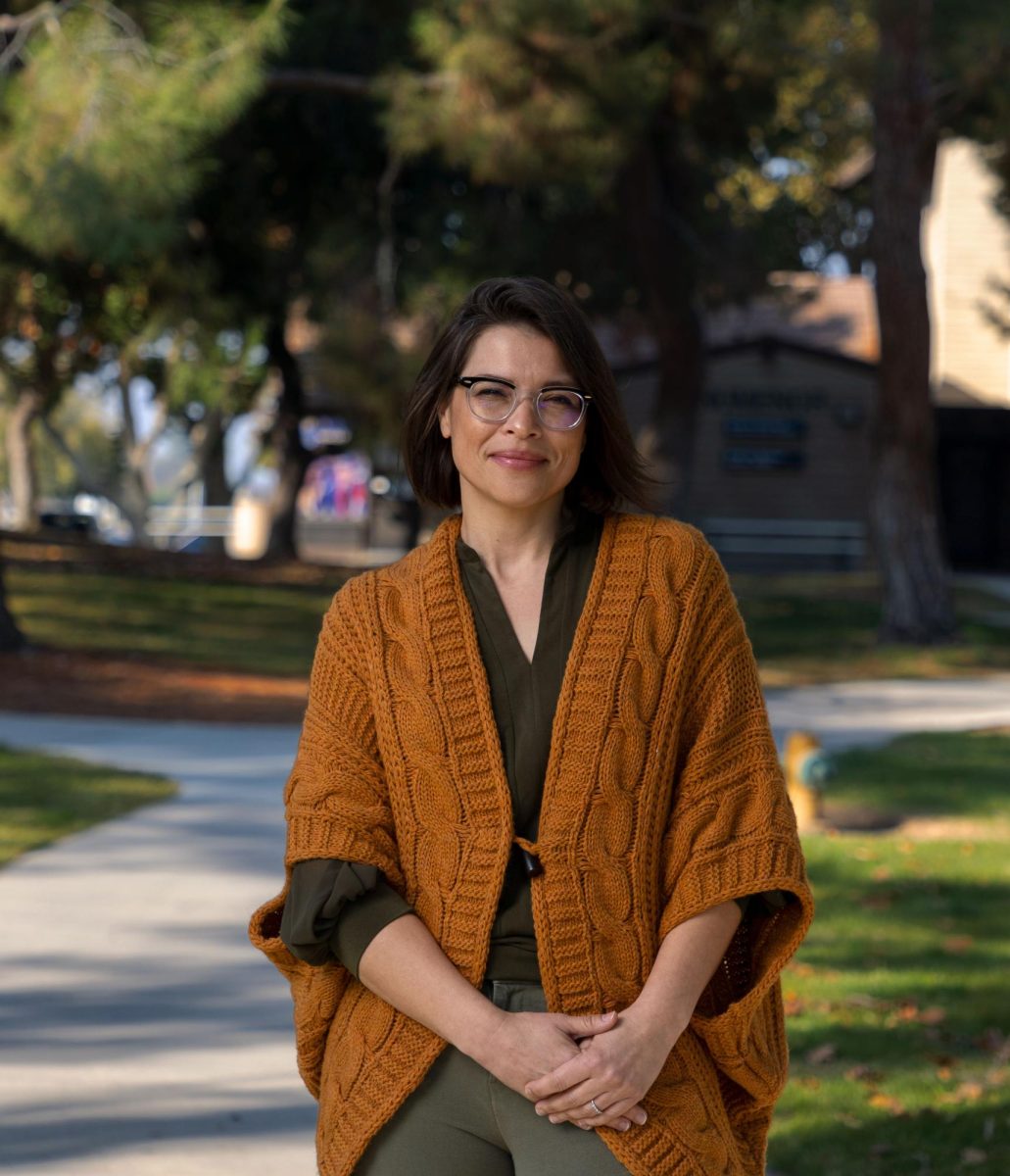
F.A.C.T., the Facility for Animal Care and Treatment, held its monthly open house on Saturday, Feb. 2 from 1 p.m. to 4 p.m. The facility holds the open house to help spread awareness about wildlife and rehabilitation to the community.
The secluded home for wounded birds and other small animals can be found tucked discreetly away behind Lot I. The calm grey day set a cool tone for the event. Dead flower bulbs trickled down like light raindrops. Several souvenir tables are set up and manned by members of the 60+ club.
Marlene Benton is the coordinator for ESA and F.A.C.T. She has worked with the program for 13 and a half years. According to Benton, she first got involved with the F.A.C.T. after she “took a class as a student and fell in love with the program.”
Her favorite part about working at F.A.C.T. is when a bird comes in with severe injuries and workers and volunteers are able to work with them and treat them until they are to be released.
Benton’s states that her goal during her tenure as F.A.C.T. Coordinator is to “educate the public about the F.A.C.T. program as well as to gain an appreciation for wildlife.”
During the open house, F.A.C.T. workers and volunteers led tours, held brief presentations and engaged audience members of all ages. Before the tour could begin, a short video was shown to help explain the history and mission of F.A.C.T.
As the video came to an end, the viewers stood up, brushed the petals off of their shoulders and got in to formation to begin the tour. Donna Nocé, a graduate student majoring in biology, begins to lead the group down the pathway. Within seconds, the scenery transforms to a more forest-like area with oaks and other plants standing tall like skyscrapers and creating a vast evergreen canopy over the various shrubs that surrounded the leaf-covered pathway. Eventually, the group comes to a mini wooden stage.
Nocé presents a short speech highlighting the types of birds that are cared for at the facility, the types of food they eat as well as how to distinguish between the different types of birds. Nocé presents an x-ray of a Red-Tailed hawk that was shot with a BB gun and eventually died from its wounds. She also presents a live Great Horned owl that had to have her wing amputated.
The tour continues with Nocé showing the cages that hold the different species of birds and discussing their distinctive habits. “Crunch, crunch, crunch” goes the leaves as the children run back and forth from one cage to the next.
As the group makes its way to the last cage, the biggest cage, Nocé explains that their Golden Eagle, Holly, is about to be placed inside of her new cage. A large dog crate covered in blankets rattles and shakes excitedly as the touring groups gather together on the opposite side of the cage. Kids navigated towards the front of the crowd in an attempt to get the best view of the release of the bird.
An estimated 50 people were ushered to the side as two F.A.C.T. workers helped release Holly into her new home. Slightly disoriented, the Golden Eagle, with her 6.5 foot wingspan, flew graciously to the lower part of her cage before settling on a tree perch.
“WOW!” exclaimed 8-year-old Jaxon Williard, “That’s the biggest bird I’ve ever seen, besides a turkey.”
According to the F.A.C.T. website, the organization was founded in the winter of 1975 by then F.AC.T. director Ted Murphy. The first animal to ever receive care from the center now known as F.A.C.T. was an injured Red-Tailed hawk. Ron Thomas, a wildlife biologist for the California Department of Fish and Game, suggested that Murphy should keep the bird protected at the Environmental Studies Area with hopes that it would fly again. The rest is history.
F.A.C.T.’s next open house meet will be held on March 2, 2013. Both admission and parking are free.








Why should i o it • Feb 22, 2013 at 1:20 am
Thanks for the great article..